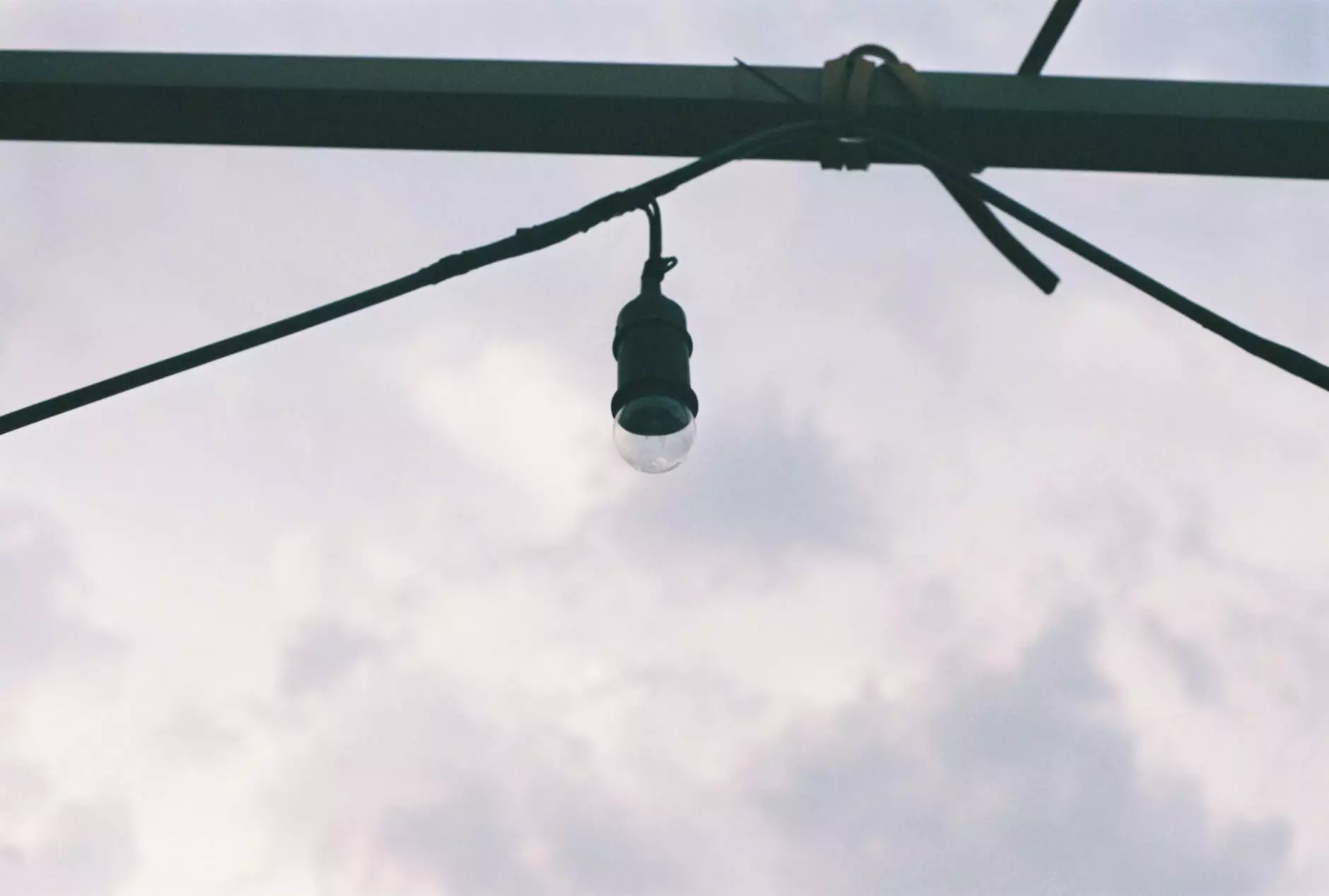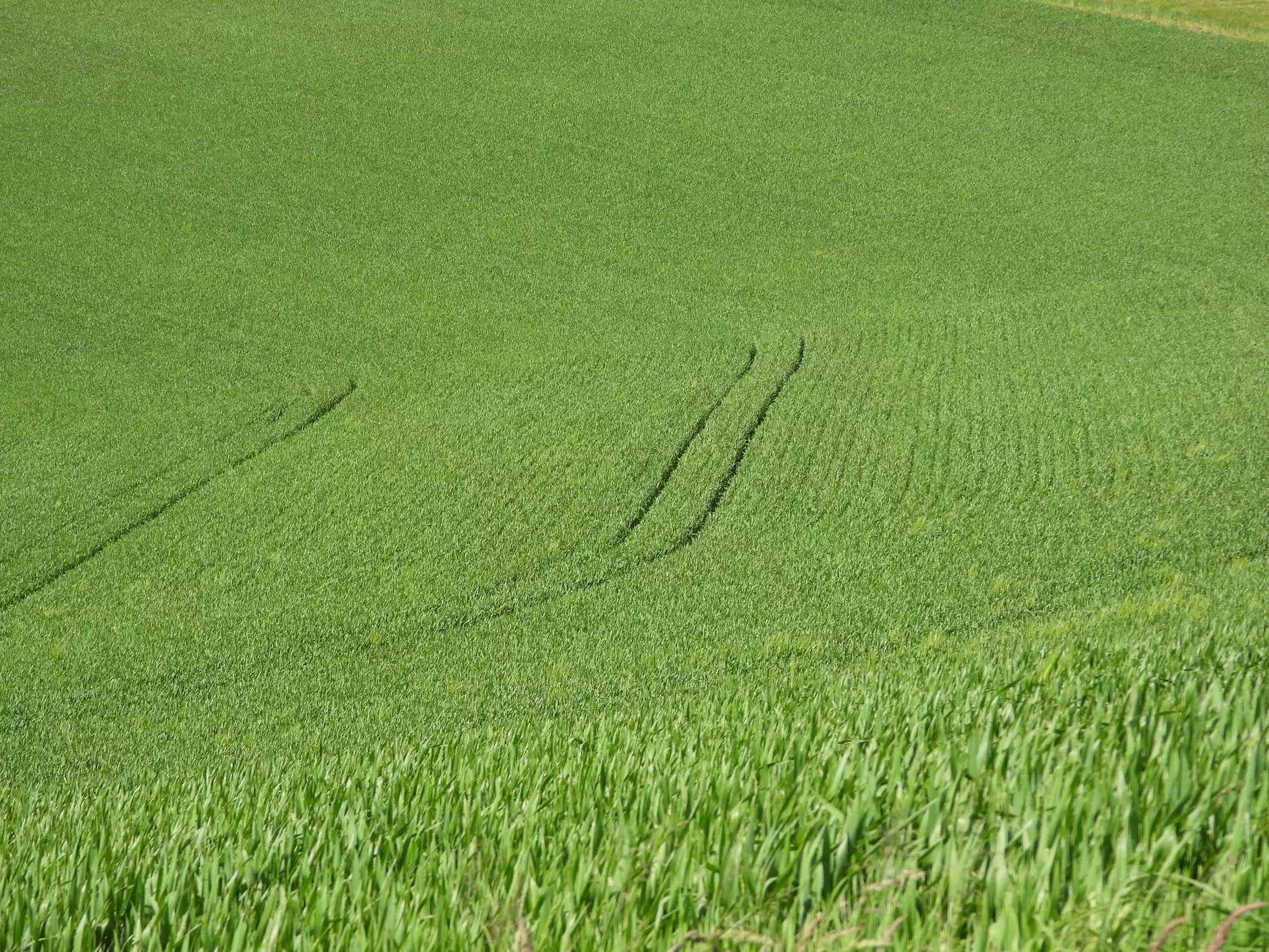The Ultimate Guide to Jeep Suspension

When it comes to enhancing your off-road experience, understanding your Jeep suspension is crucial. A quality suspension system is the backbone of any Jeep, affecting everything from ride comfort to handling, especially in rugged terrains. This comprehensive article aims to explore the world of Jeep suspension, covering everything from types and components to upgrades and maintenance tips.
Understanding Jeep Suspension Systems
The suspension system of a Jeep plays a vital role in how the vehicle performs on and off the road. It absorbs shocks from uneven surfaces, maintains tire contact with the ground, and contributes to vehicle stability. Let's delve into the key components of a Jeep suspension system:
1. Key Components of Jeep Suspension
- Shock Absorbers: These devices dampen the vibration caused by driving over rough surfaces, maintaining ride comfort and stability.
- Coil Springs: Coil springs support the weight of the vehicle and help maintain the suspension's ability to absorb shocks.
- Control Arms: These connect the suspension to the vehicle frame, allowing for controlled movement.
- Leaf Springs: Traditionally used in many Jeep models, leaf springs provide support and stability, particularly for heavy loads.
- Track Bars: These prevent lateral movement of the axle, ensuring that the wheels stay aligned.
Types of Suspension Systems for Jeeps
Jeeps typically come equipped with one of two main types of suspension systems: solid axle and independent suspension. Each has its advantages and disadvantages, which can significantly affect your off-roading performance.
1. Solid Axle Suspension
Solid axle suspension, commonly found in Jeep Wranglers, is known for its ruggedness and off-road capabilities. This system features a single axle that spans both wheels on an axle housing. Here are some benefits:
- Durability: Solid axles can handle extreme off-road conditions.
- Articulation: They provide better wheel articulation, allowing for better traction over obstacles.
- Easy Modifications: Solid axles are often easier to upgrade with aftermarket parts.
2. Independent Suspension
Independent suspension systems, found in newer Jeep models, allow each wheel to move independently. This system enhances ride comfort and handling on smooth surfaces. Here’s why some Jeep enthusiasts prefer this type:
- Smoother Ride: Independent suspension typically offers a more comfortable ride on paved roads.
- Improved Handling: This system enhances handling during turns and transitions.
- Less Body Roll: It reduces body roll during cornering, making it suitable for everyday driving.
Choosing the Right Jeep Suspension for Your Needs
When upgrading or replacing your Jeep suspension, it’s essential to consider several factors:
- Intended Use: Will you be off-roading frequently, or is it primarily for on-road driving?
- Terrain: Different terrains (rocky, muddy, snowy) may require specific suspension setups.
- Budget: Determine how much you’re willing to invest in your suspension system.
Popular Jeep Suspension Upgrades
Investing in Jeep suspension upgrades can dramatically improve your vehicle’s performance. Here are some popular options:
1. Lift Kits
Lifting your Jeep not only helps with ground clearance but also enhances its off-road capabilities. Lift kits come in various heights and types:
- Body Lift Kits: Raise the body from the chassis while keeping the suspension the same height.
- Suspension Lift Kits: Provide enhanced suspension performance, allowing for larger tires and increased ground clearance.
2. Heavy-Duty Shock Absorbers
Upgrading to heavy-duty shocks can improve handling and comfort, especially during rough off-road use. Options include:
- Monotube Shocks: Offer better performance in extreme conditions.
- Remote Reservoir Shocks: Provide better heat dissipation and performance during prolonged use.
3. Sway Bar Disconnects
Sway bar disconnects allow for greater axle articulation when off-roading. This upgrade can improve traction and stability over obstacles.
Maintenance Tips for Your Jeep Suspension
To keep your Jeep suspension in optimal condition, regular maintenance is key. Here are some essential tips:
1. Regular Inspections
Inspect your suspension components for signs of wear, such as:
- Cracks or leaks in shock absorbers
- Worn bushings or mounting points
- Fractures in control arms or spring brackets
2. Wheel Alignment
Proper wheel alignment is crucial post any suspension modifications or repairs. It ensures even tire wear and optimal handling.
3. Clean and Lubricate
Keeping your suspension components clean and properly lubricated can prevent premature wear and ensure smooth operation.
Conclusion
Understanding and enhancing your Jeep suspension can significantly improve your off-road experiences. With the right upgrades and maintenance, you can ensure your Jeep handles rough terrains with ease and comfort. Explore options, invest wisely, and don't hesitate to consult experts or fellow Jeep enthusiasts for recommendations tailored to your unique needs.
Visit Offroad-Zone.com for More
If you’re looking for quality auto parts & supplies or expert auto repair advice, visit offroad-zone.com. There, you will find an extensive range of accessories and parts to upgrade your Jeep’s suspension and much more.









